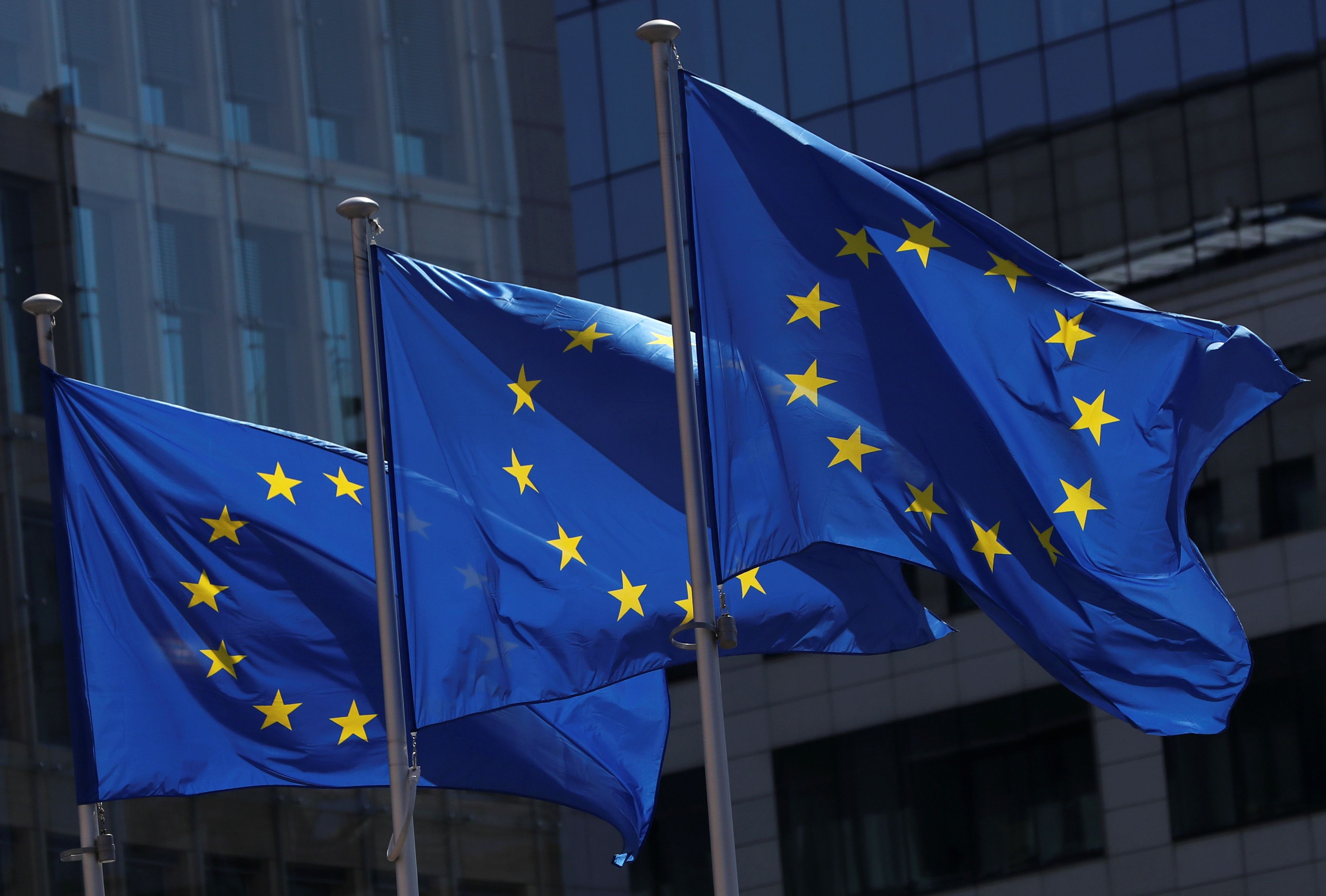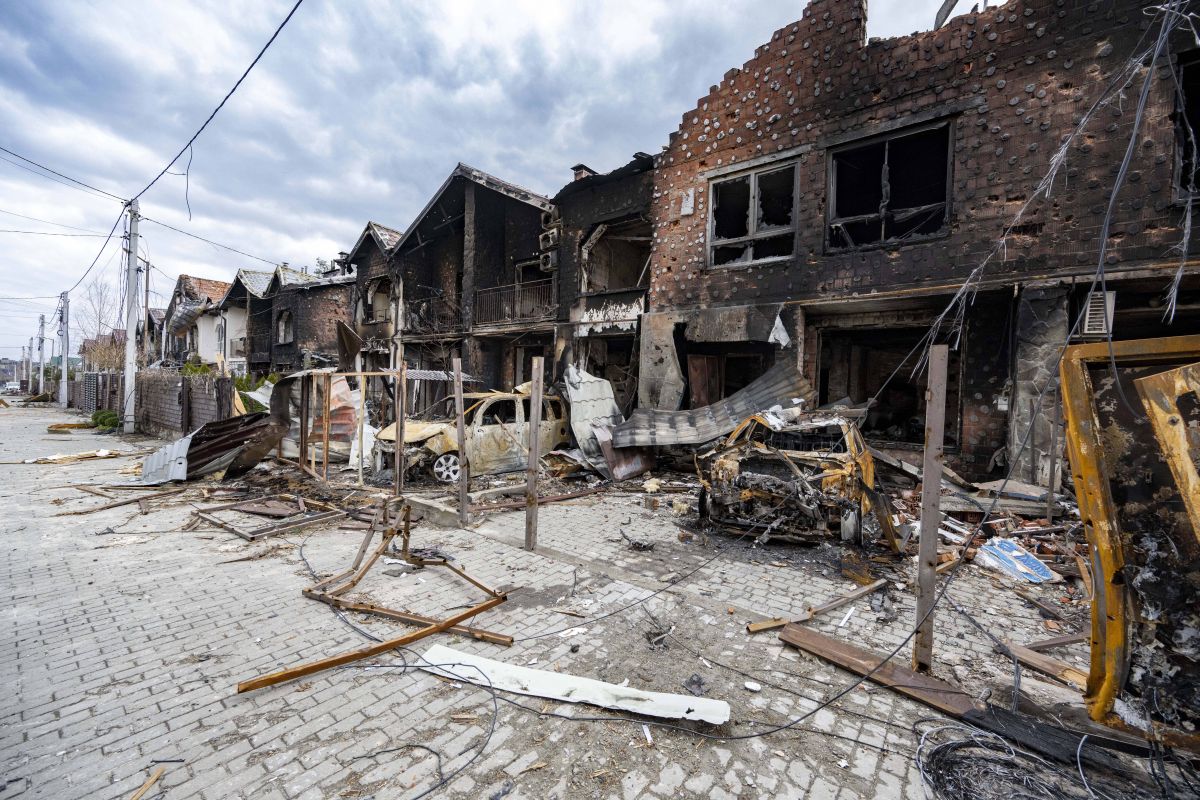Potential of EU Support for Ukraine's Fight with Russia
The EU actively uses international support mechanisms for Ukraine, in the economic, military and crisis management dimensions. In order for this aid to be effective, it should meet the needs of Ukraine and be coordinated at the EU and Member States level. Ukraine’s further defence potential and the situation of the civilian population depend on the prompt provision of aid, including direct deliveries of weapons, military and rescue equipment.
 SERHII NUZHNENKO/ Reuters/ FORUM
SERHII NUZHNENKO/ Reuters/ FORUM
Ukraine’s Needs
In view of the protracted hostilities on Ukrainian territory, it is necessary to maintain aid from the EU and its Member States. Military support is of the greatest importance, as it will improve the effectiveness of defensive and offensive actions. Ukraine needs, first of all, further supplies of weapons, including anti-aircraft and anti-tank systems, and ammunition, as well as military equipment, including helmets and body armour, and fuel. In addition, the swift flow of intelligence information (including that obtained from satellite observation systems) and cooperation in combatting threats in the cyber sphere (for example, attacks on critical infrastructure such as power systems and telecommunications networks) is important. Apart from military support, further efforts are needed to protect the population affected by hostilities. In the face of Russian attacks targeting civilians, assistance in the form of medical equipment, mobile hospitals and medicines is essential. While the EU and its Member States are already engaging in these activities, this support must increase if Ukraine is to resist the Russian attack and improve the situation of the civilian population.
Current EU Support for Ukraine
On 28 February, the fourth day of the Russian invasion, the EU Council decided to launch the first package of military support for Ukraine. In this way, it responded to Ukraine’s request of 25 February for military equipment. This is an unprecedented decision, as the EU had not previously reached an agreement to support partners participating in an armed conflict with lethal weapons. Under the European Peace Facility, the EU Council allocated a total of €500 million to cover the costs of Member States related to supplies for the Ukrainian armed forces. Within two years, €450 million from this amount will finance support in the form of military equipment and military platforms, and €50 million will be allocated to the supply of other equipment, including personal protective equipment, first aid kits and fuel. In addition, on 23 March the EU Council adopted a second package, bringing the total amount of military support to €1 billion. Of this, €450 million will finance the supply of weapons, and €50 million will be for other equipment. The period of granting aid was also extended to three years.
In addition to military support requested by Ukraine on 15 February, the EU has started activities under the Union Civil Protection Mechanism. At the beginning of March, assistance to Ukraine was offered by all EU countries, as well as Norway and Turkey (two of the six non-EU countries participating in the mechanism). Action in crisis situations at the request of third countries has been undertaken in the past, but the present scale of involvement is the largest to date. So far, Ukraine has received €107 million of in-kind assistance from the Member States. Deliveries have included, among other things, medical supplies such as first aid kits, protective clothing and disinfectants, as well as specialised equipment, including firefighting, power generators, water pumps and tents. In addition, medical support from the Union’s rescEU reserve worth more than €10 million has been transferred to Ukraine. Deliveries have included, among other things, specialised equipment (respirators, infusion pumps, patient monitors, ultrasound machines and oxygen concentrators), as well as personal protective equipment (masks and gowns). All assistance under the mechanism is distributed using logistics hubs located in Poland, Romania and Slovakia, supported by specially delegated expert teams.
Further Possibilities for EU Assistance to Ukraine
In the short term, earmarking more funds under the European Peace Facility would be a significant incentive for Member States to maintain or increase military support to Ukraine. It would be beneficial for the EU to organise a special contact unit with Ukraine, so that the aid provided can be tailored to prevailing needs and will not drain the defence capabilities of individual EU states. The ongoing regrouping of Russian troops increases the importance of the supply of military equipment. The speed at which such assistance can be delivered will determine Ukraine’s defence potential, and the possibility of a counter-offensive and displacement of the Russian armed forces from Ukrainian territory. It would be helpful in this respect to increase the supply of weapons, mainly anti-aircraft and anti-tank systems. It would also be worthwhile to consider providing Ukraine with offensive weapons, such as tanks and S-300 anti-aircraft systems or missiles for them, after consulting and coordinating with NATO Allies.
In the event of a decision to send advanced combat equipment to Ukraine, it is worth reconsidering the launch of the EU training mission. Within its framework, in the short term, it would be a good step to include Ukrainian soldiers in a series of training courses in the use of Western weapons. Until the end of hostilities, the mission could temporarily operate in the EU with the consent of its Member States. In the longer term, it would be possible to deploy international personnel on the territory of Ukraine. Then, as part of the mission, it would be worth taking up the tasks planned before 24 February, including the reform of Ukraine’s military education system. A similar reaction took place in 2014. Then, after the annexation of Crimea and taking control of parts of the Donetsk and Luhansk oblasts by pro-Russian separatists, the EU decided to launch an advisory mission in Ukraine to support the reform of the civilian security sector. Despite the ongoing hostilities, it continues its activities (although international personnel have been evacuated). On 29 March, the European External Action Service announced that the field office and mission equipment in Mariupol had been destroyed as a result of Russian shelling, but its members had not been injured.
The deteriorating situation of the civilian population, mainly due to the ongoing shelling of cities, crimes against civilians such as those revealed near Kyiv, and the growing number of internally displaced persons, requires a further increase in resources for crisis aid from the EU and Member States. The launch of an additional instrument under the Union Civil Protection Mechanism, announced on 28 March, is an important element of support in this respect. It will facilitate the collection and transfer of in-kind donations from the private sector to Ukraine. Importantly, as part of the instrument, the European Commission has prepared an open list of the most needed articles and launched an offer evaluation system, ensuring that aid is tailored to Ukraine’s needs. The Commission will also be responsible for organising deliveries, including covering transport costs.
Conclusions
To date, the nature and scale of support for Ukraine in the war with Russia have been unprecedented. The EU and its Member States have contributed to strengthening the defence potential of the Ukrainian armed forces against the Russian attack, and to mitigating the consequences for the civilian population. A decisive joint response also strengthened the position of the EU as an important player responsible for the security situation in Europe. Due to the protracted Russian attack, which is starting to take the form of a war of destruction, it will be necessary, however, to further increase support for the Ukrainian armed forces, as well as crisis aid for civilians. Existing mechanisms offer great potential, but supplementing them with additional instruments in response to current demands will bring better results. A good example is the EU-Ukraine Joint Investigation Team to investigate war crimes and crimes against humanity in Ukraine, established on the initiative of Lithuania, Poland and Ukraine. It will be important to maintain assistance, mainly humanitarian, including after the end of intense clashes in Ukraine. Poland occupies a special position in these activities, acting as a logistics hub, supporting Ukraine with the supply of equipment and receiving over two million refugees. The actions of the EU so far have provided support to the frontline states, both Union members and Moldova associated with it.




